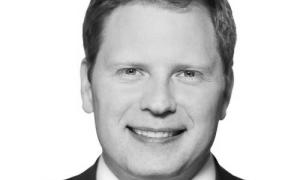That unemployment rose but the employment-to-population ratio did not rise illustrates a larger problem facing the economy: While unemployment has dropped, the proportion of Americans with jobs has scarcely increased since the recession ended. Unemployment looks better only because millions of Americans are no longer looking for work and thus do not count as unemployed.
The labor force participation rate rose 0.1 percentage point to 63.4 percent in May. Except for March and April of this year, this is the lowest rate since May 1979 -- a time when far fewer women worked in the economy.
Labor force participation among men remains at its lowest level since the government began tracking these figures 65 years ago. Just 72.7 percent of adult men are either working or looking for work.
Some analysts argue that changing demographics explain this shift. This explanation contains a measure of truth: The baby-boom generation is aging and starting to retire. An older population naturally has fewer workers.
Such demographic factors explain the modest drop in labor force participation between 2000 and 2007, when labor force participation fell by just over one percentage point.
However, between December 2007 and May 2013, labor force participation fell by 2.6 percentage points. Demographics account for only a minority of this drop. Heritage Foundation research finds that the aging of the baby-boom generation explains one-fifth of the drop in labor force participation.
The liberal Economic Policy Institute finds that demographics accounts for only one-third of the recent drop. Economists at the Federal Reserve Bank of Chicago estimate the demographic-related component at one-quarter.
Heritage research shows that most workers now outside the labor force are either enrolled in school or collecting disability benefits. The former is mixed news, and the latter poses serious economic problems for America.
- James Sherk is a Senior Policy Analyst in Labor Economics at The Heritage Foundation.
First appeared in The Washington Examiner.

